It stands on the spot where Bonnie Prince Charlie famously held his final Council of War before defeat at Culloden.
But the landmark Drummond Arms in Crieff is set to be demolished – at a cost of £3 million – by Perth and Kinross Council.
This is a last resort.
For years, it was hoped that the historic hotel could be saved, regenerated, and brought back to life.
I was invited inside the crumbling building a few weeks before Crieff Community Trust – who set up Drummond Arms Regeneration Limited (DARL) in 2019 – transferred ownership to Perth and Kinross Council.
Exploring the dilapidated building with DARL project worker Stephen Oswald – to help create a final record – is a bittersweet experience.
What is there to see inside derelict hotel?
I’m honoured to be one of the very last to see inside, but sad this has to be the case.
The building has been secured to stop vandals and ‘urban explorers’ gaining access, but Stephen is happy to take me and photographer Steve MacDougall on a tour.
Our eyes adjust to the gloom as we creep down a twisting stone staircase into what would’ve been the huge kitchen.
Here, wallpaper and paint peels from walls, exposing damp brickwork and rusting pipes.
Rubble lies scattered on the floor, and a huge fireplace gapes open, destined never to feel the heat of another flame.
Giant red steel beams keep the walls from collapsing – they’ve been newly installed to replace floor joists which were damp and rotten thanks to water getting in through the roof.
Thin, straggling net curtains shift in the breeze, and behind them, a cracked window glints in the weak winter sun.
Decaying building is dangerous place to be
In places, the ceiling is in a state of collapse, but sections of elaborate gold cornicing cling on for dear life.
Wandering through eerie corridors, we’re accompanied by the noise of rushing water – the drains at street level outside.
It’s an extremely dangerous place to be, and while we’re wearing hard hats to protect us from any falling masonry, there are other hazards – such as falling to our doom into the yawning chasm of the floors below.
At the bottom of a stone staircase is a lift shaft, which Stephen reveals is the reason why the building is listed. Why? He’s not sure, although he reckons it could hail from the 1920s.
Impressive Young Pretender artwork
Next to it stands an impressive piece of artwork of Bonnie Prince Charlie, created by Crieff artist Pedro Brock in 1996.
This used to hang in the reception area, and it’s among a series of paintings commissioned by the hotel’s former owner Angus MacDonald.
The hope is that these can be displayed at the new Crieff and Strathearn Museum.
My eye is drawn to an ornate white ceiling rose in the sprawling ballroom – and to a bricked-up fireplace, mould-covered red and blue pelmets, and huge mirrors coated in dust.
There’s a touch of magic still here, it seems: I can well imagine merry crowds of people dancing the night away in this once-magnificent setting.
Fascinating features
Dotted throughout the decaying rooms I find some stand-out features: old light fittings; vintage glass light shades; a horseshoe – painted gold – for good luck above a door; wispy cobweb-covered curtains and pelmets; and the stunning original fan light (a semi-circular window above the door) with ‘Drummond Arms’ glazed onto it in gold.
I stand on a sort of ‘bridge’ and gaze down into the nothingness below. There’s not a lot to stop me from plummeting down two storeys, and I step away from the edge, my head swimming.
Once-impressive wooden ‘archways’ lead into rooms, now full of scaffolding, and there’s a scattering of graffiti on walls – nothing too offensive.
Outside, vegetation grows in gutters, and saplings have taken root on flat surfaces.
There’s a strange, sad sort of beauty in all this decay, and I take a moment to let it sink in.
How did Drummond Arms fall into such decay?
A question that springs to mind – and to the minds of many – is: How could the Drummond Arms, once the pride of Crieff, have been allowed to fall into such a dangerous, unsalvageable, state?
Stephen, who has a background in redeveloping buildings, shakes has head wearily. “The community is so sad about what’s happened. The absent landlord was the problem with this building.
“Our remit was to strip-out rotten and contaminated material, and ultimately to regenerate the hotel.
“After lead was stolen from the roof, water cascaded through and soaked into wooden joists and flooring, rendering the walls and interior a rotting, soggy mess.
“One morning, tradesmen went in and found a cast iron bath and several floors had collapsed – hence, we started to put scaffolding in. It’s stopping the roof from completely falling in.”
Stephen believes there’s very little worth saving, bar the Bonnie Charlie artwork and ornamental fanlight, which will be exhibited in the museum.
All hope was lost
He says the building deteriorated so much during the Covid pandemic that “all hope was lost”.
“Prior to Covid, we had an inspection of the roof, and it was saveable within a couple of years,” he recalls. “But then everything stopped for 18 months.
“It didn’t help that asbestos was discovered. Over that period, the building decayed so much that we lost the ability to save it.”
Community fought hard to save hotel
Crieff Community Trust took ownership in 2019, following lengthy battles over the hotel’s upkeep.
Members did all they could to preserve the building and explore new uses – including luxury apartments and a £5m boutique hotel.
But its fate was sealed at a council meeting in November last year, with councillors agreeing to take ownership of the property after it was served with a Dangerous Buildings Notice.
The Trust, which had pumped vast sums of cash into safeguarding it, and preparing it for alternatives – ranging from re-use to demolition – had run out of money.
And members were left with no option but to ask the council to take it off its hands.
The council plans to demolish the dilapidated building, and build affordable housing on the site.
Alternatives have been suggested by locals, with some keen to retain the facade and turn it into a climbing wall.
What becomes of it remains to be seen – but demolition is planned to take place within the year.
The Drummond Arms was built between 1872 and 1874 and was a popular local landmark in its heyday.
But it has been empty since 2006.
It was added to the Buildings at Risk Register for Scotland in 2012.
- More than 100 people attended a public meeting on February 12 to discuss the Drummond Arms’ fate. Locals urged council bosses to halt plans to build affordable homes in its place.
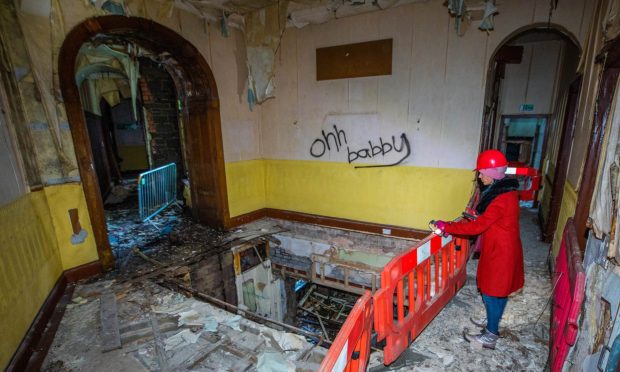
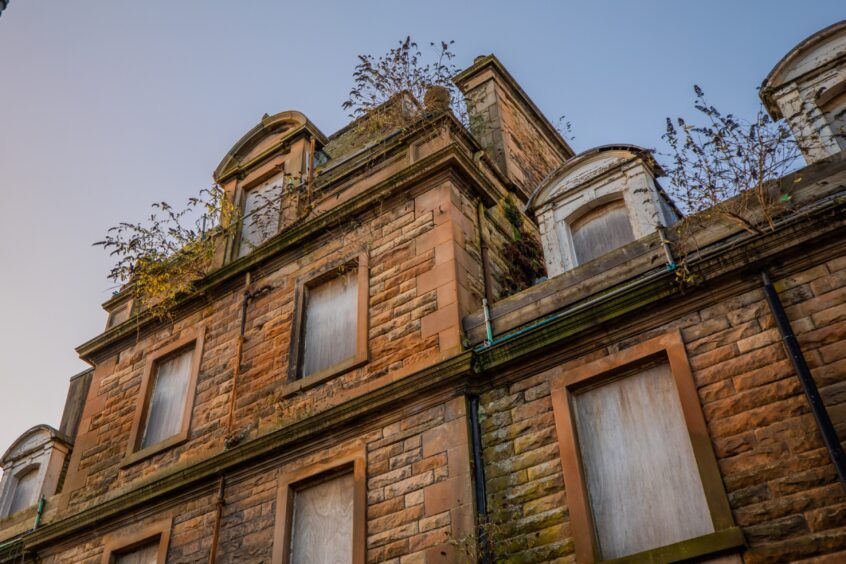
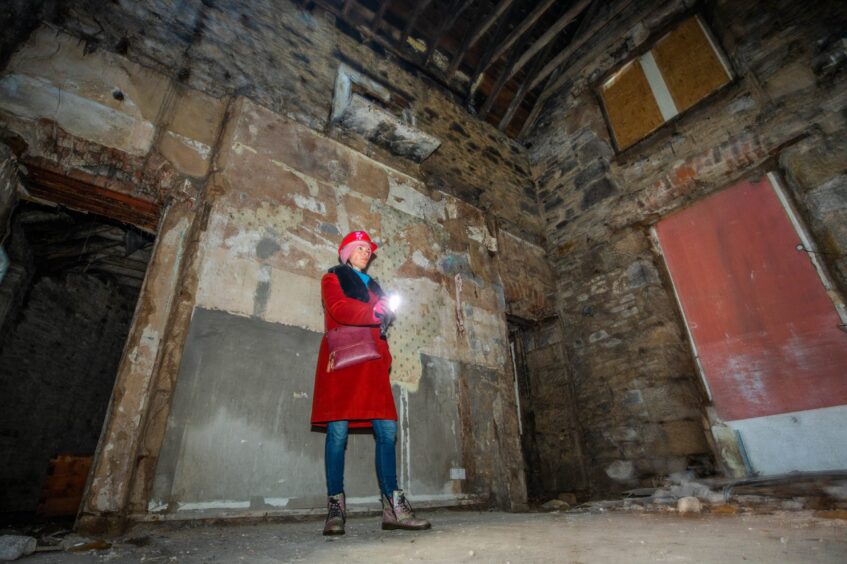
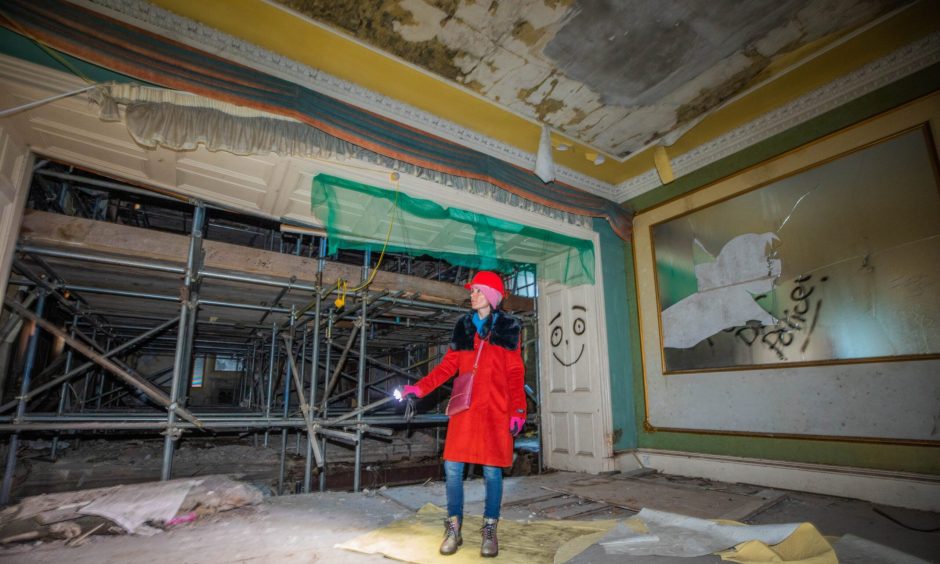
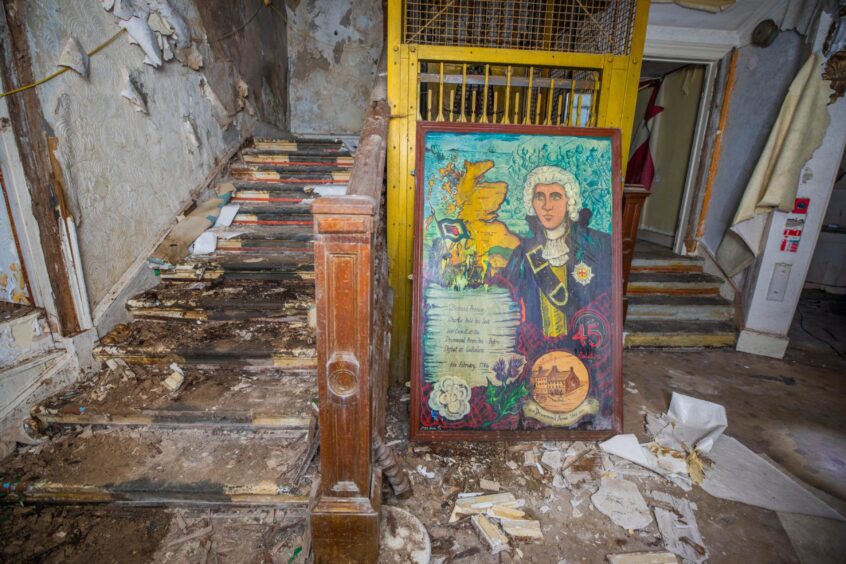
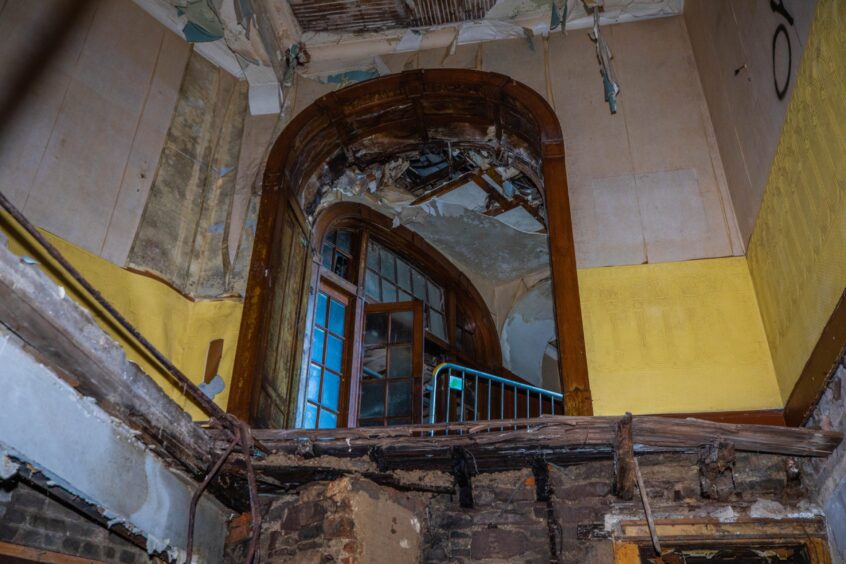
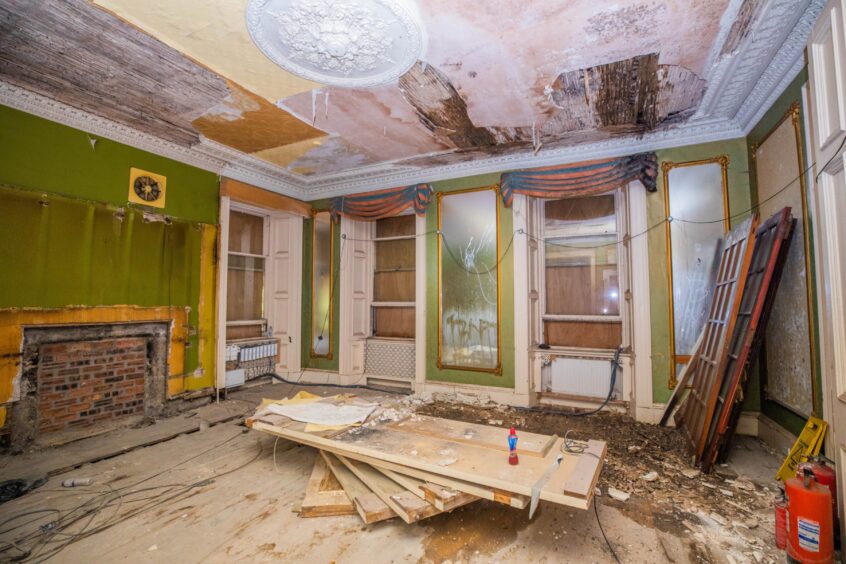
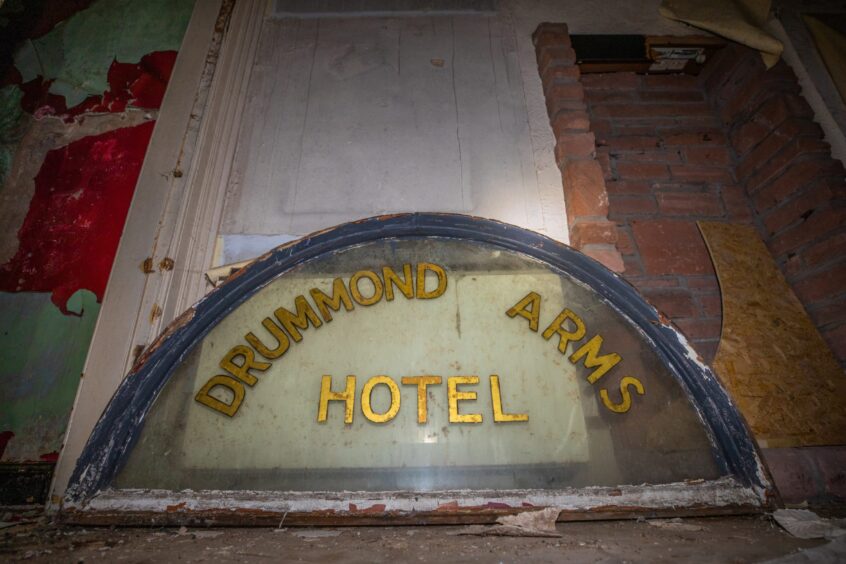
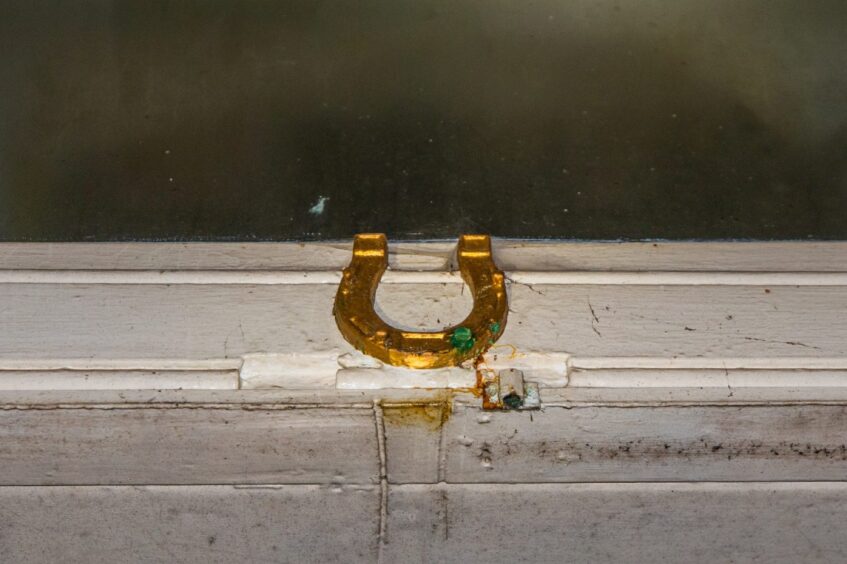
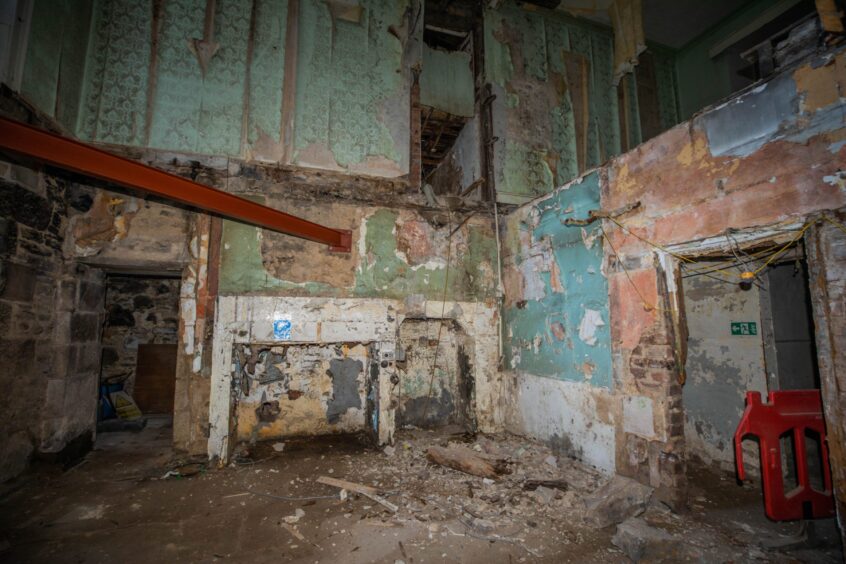
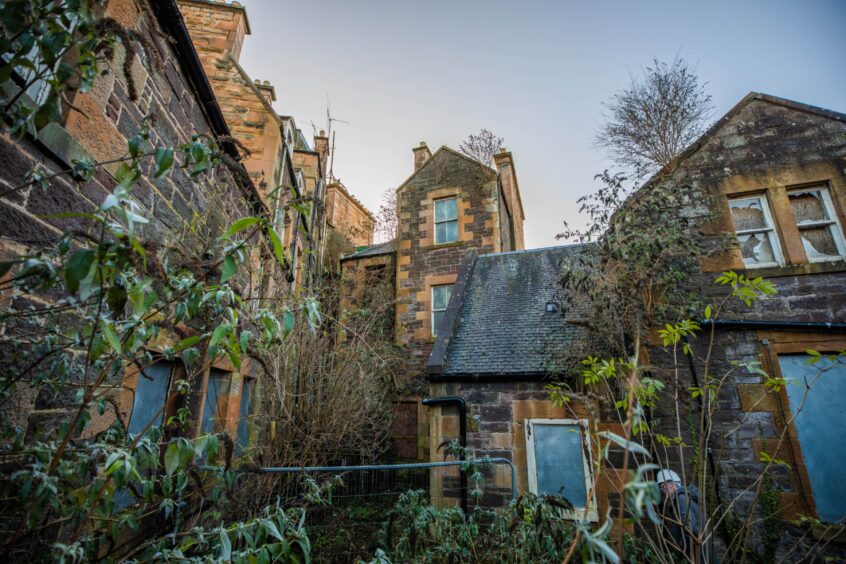
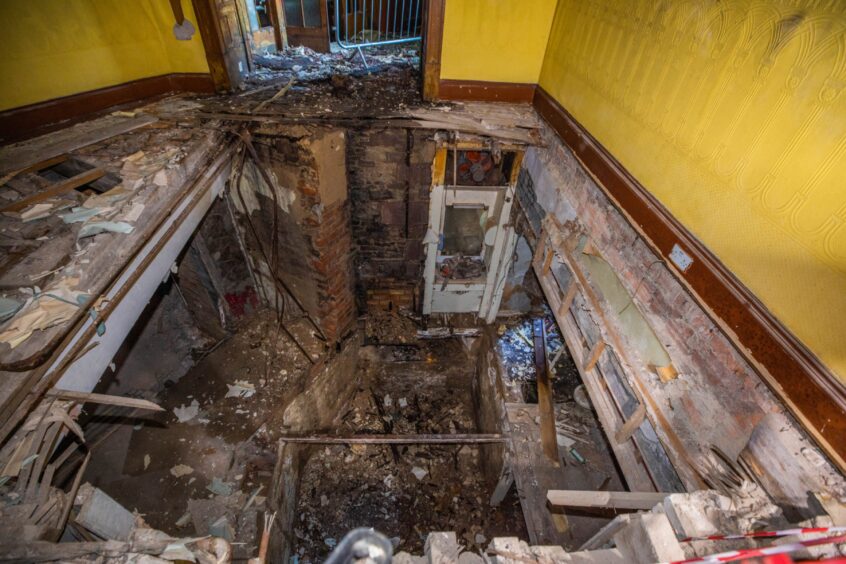
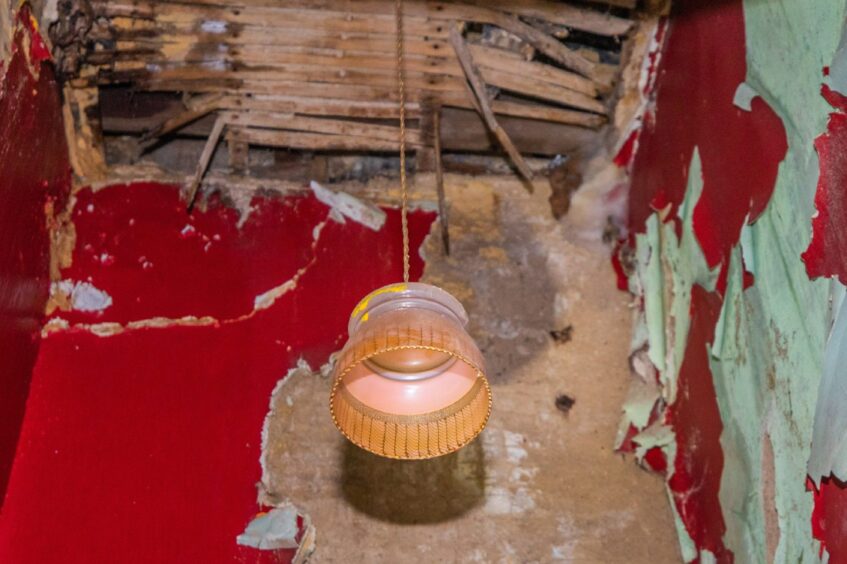
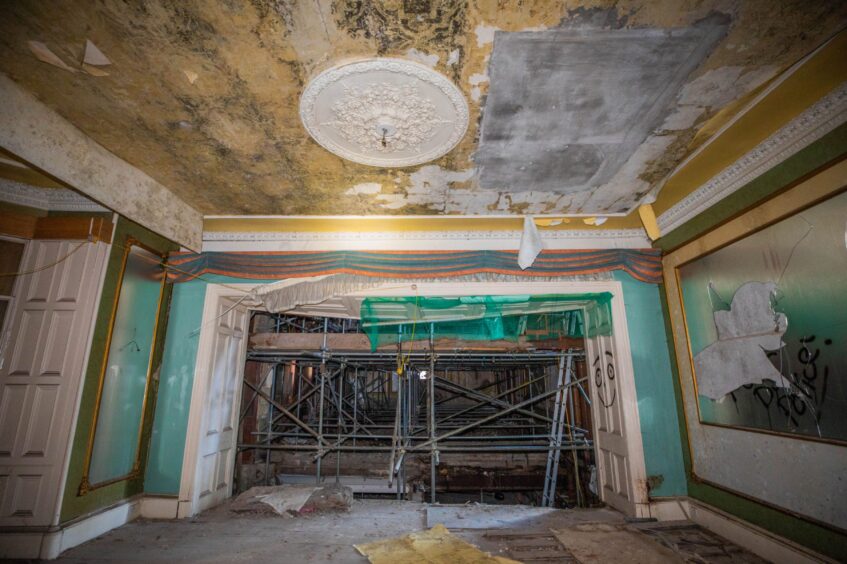

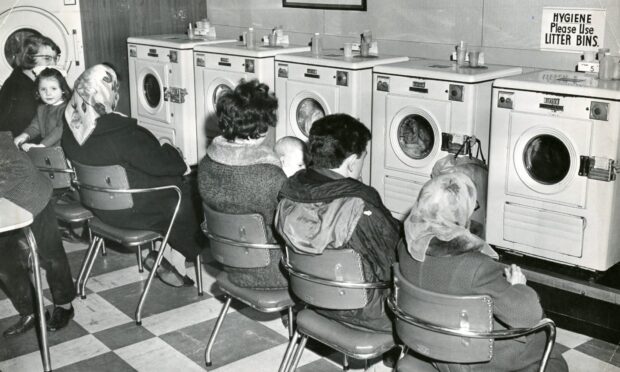
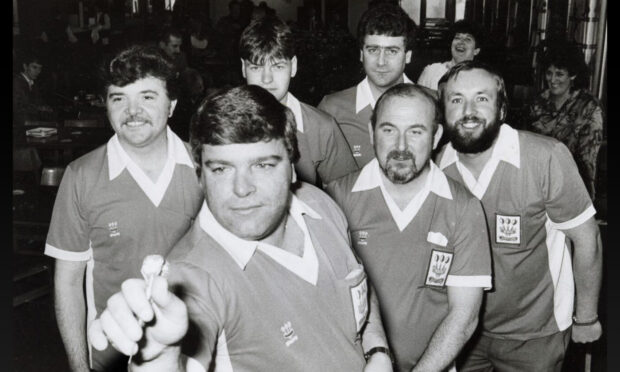
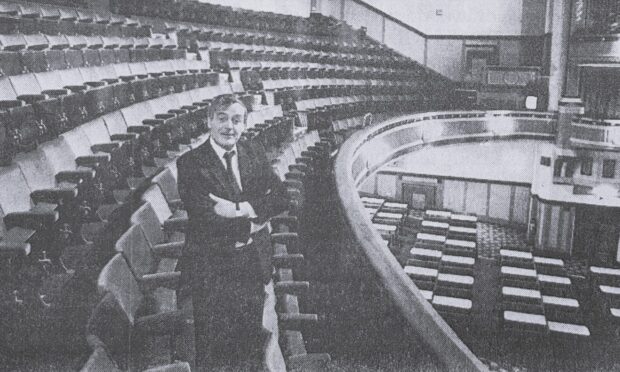
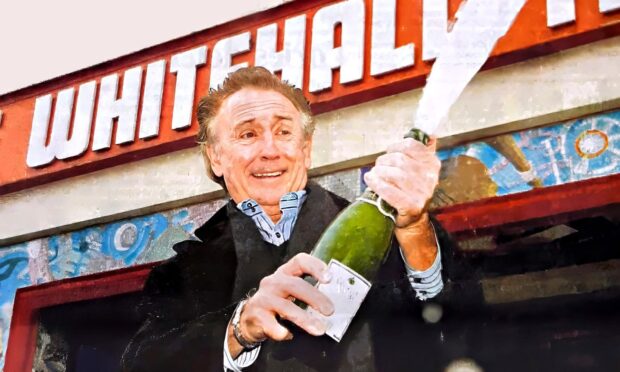
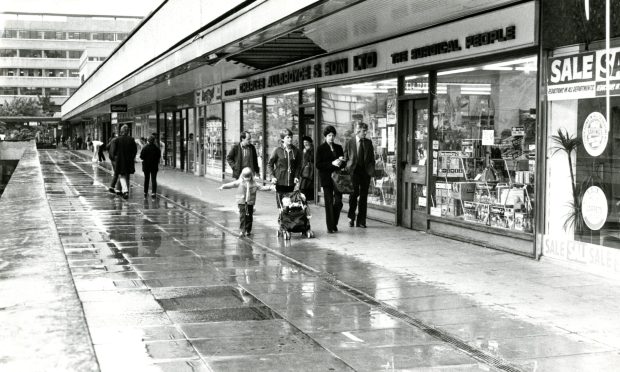

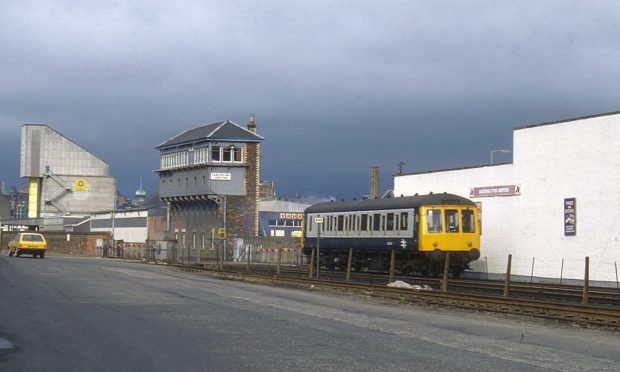
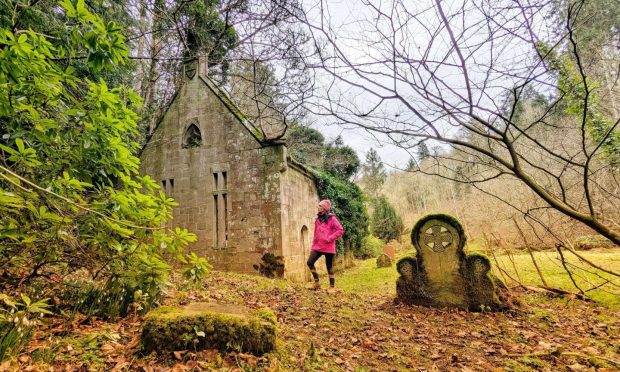

Conversation